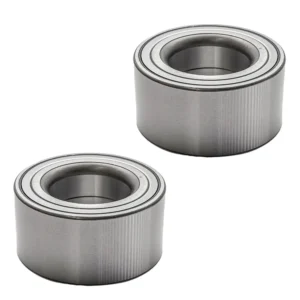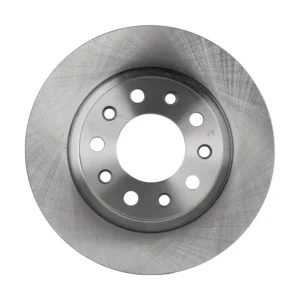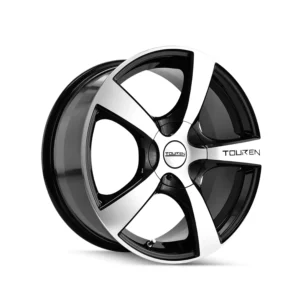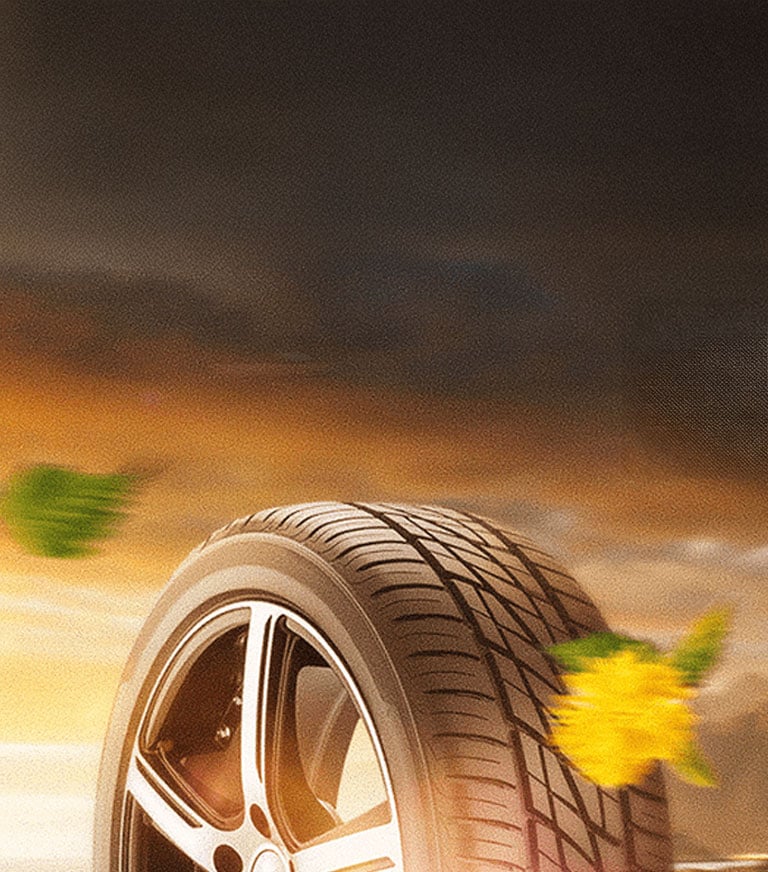Account
-
Safe payment options
We only work with the most secure payment systems.
-
Product return within 30 days
We do our very best to keep our customers happy.
No products in the cart.
You dont have any products in your cart yet, add a few products to experience this experience.
Add $500,00 to cart and get free shipping!
To see and take advantage of all discounted products.
Click HereHow to Choose the Right Brake Pads for Your Car
How to Choose the Right Brake Pads for Your Car
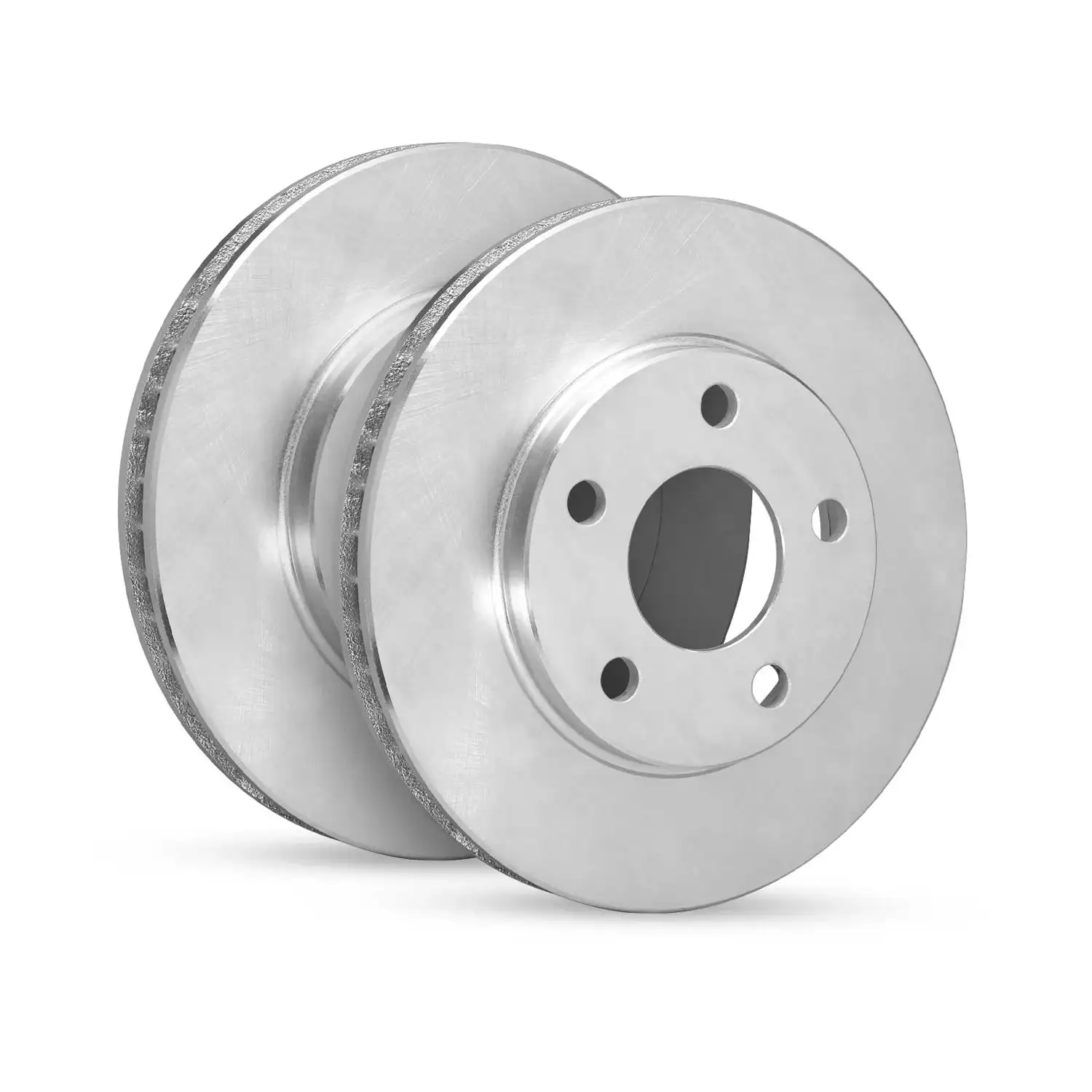
Image: Different types of brake pads comparison
Understanding Brake Pads: The Basics
Brake pads work by creating friction against your car's brake rotors (discs) when you apply the brakes. This friction converts the kinetic energy of your moving vehicle into heat energy, which slows down and eventually stops your car. The material composition of brake pads determines their performance, durability, and suitability for different driving conditions.
In East Africa's diverse climate and road conditions, from the coastal humidity of Dar es Salaam to the highland roads of Arusha, your brake pads face unique challenges that require careful consideration when making your selection.
Types of Brake Pad Materials
1. Organic (Non-Asbestos Organic - NAO) Brake Pads
Organic brake pads are made from a mixture of fibers, fillers, and binding resins. They are the most common type found in many vehicles sold in Tanzania.
Advantages:
- Quieter operation with minimal noise
- Less expensive than other types
- Gentle on brake rotors, causing less wear
- Good for city driving and normal conditions
- Produce less brake dust
Disadvantages:
- Shorter lifespan, especially in dusty conditions
- Less effective in high-temperature situations
- May fade during heavy braking
- Not ideal for mountainous regions like Kilimanjaro area
2. Semi-Metallic Brake Pads
These pads contain 30-65% metal fibers, typically steel, iron, or copper, mixed with organic materials and binding agents.
Advantages:
- Excellent heat dissipation
- Longer lasting than organic pads
- Better performance in varied weather conditions
- Good for highway driving and heavier vehicles
- Reliable stopping power
Disadvantages:
- More expensive than organic pads
- Can be noisier during operation
- May cause more wear on brake rotors
- Produce more brake dust
3. Ceramic Brake Pads
Made from ceramic fibers, bonding agents, and sometimes small amounts of metal, these are the premium option.
Advantages:
- Longest lifespan of all brake pad types
- Excellent performance in all weather conditions
- Very quiet operation
- Minimal brake dust production
- Consistent performance across temperature ranges
- Gentle on brake rotors
Disadvantages:
- Most expensive option
- May not provide the best "bite" for heavy-duty applications
- Can take longer to warm up in cold conditions
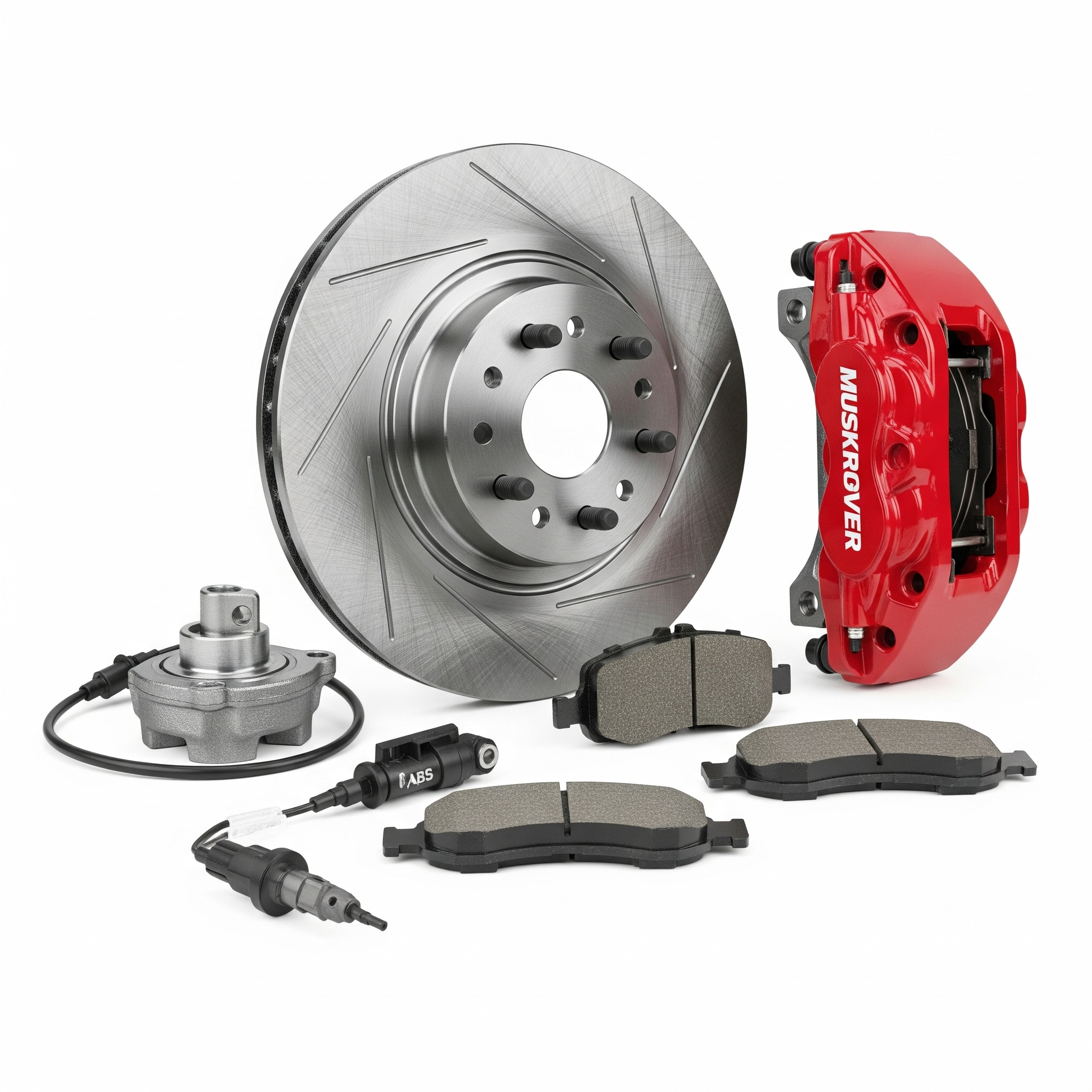
Image: Professional brake pad installation
Factors to Consider When Choosing Brake Pads
1. Your Driving Style and Conditions
City Driving: If you primarily drive in urban areas like Dar es Salaam, Nairobi, or Kampala with frequent stop-and-go traffic, organic brake pads may be sufficient and cost-effective.
Highway Driving: For regular long-distance travel on highways, semi-metallic pads offer better heat dissipation and durability.
Mixed Conditions: If you encounter both city and highway driving, ceramic pads provide the best overall performance.
Mountainous Areas: For regions with steep hills and mountains, semi-metallic or ceramic pads are recommended for their superior heat management.
2. Vehicle Type and Weight
- Small Cars: Organic pads are often adequate for lighter vehicles
- SUVs and Trucks: Heavier vehicles benefit from semi-metallic or ceramic pads
- Performance Vehicles: High-performance cars require ceramic or high-end semi-metallic pads
3. Climate Considerations
East Africa's climate varies significantly:
- Coastal Areas: High humidity and salt air require corrosion-resistant pads
- Dusty Conditions: Semi-metallic pads handle dust better than organic ones
- Rainy Seasons: All pad types perform adequately, but ceramic pads offer the most consistent performance
Signs You Need New Brake Pads
Recognizing when to replace your brake pads is crucial for safety:
- Squealing or Screeching Sounds: High-pitched noises when braking indicate worn pads
- Grinding Noises: Metal-on-metal grinding means immediate replacement is needed
- Reduced Braking Performance: Longer stopping distances or soft brake pedal feel
- Vibration: Steering wheel or brake pedal vibration during braking
- Visual Inspection: Brake pad thickness less than 3mm requires replacement
- Dashboard Warning Light: Some vehicles have brake pad wear indicators
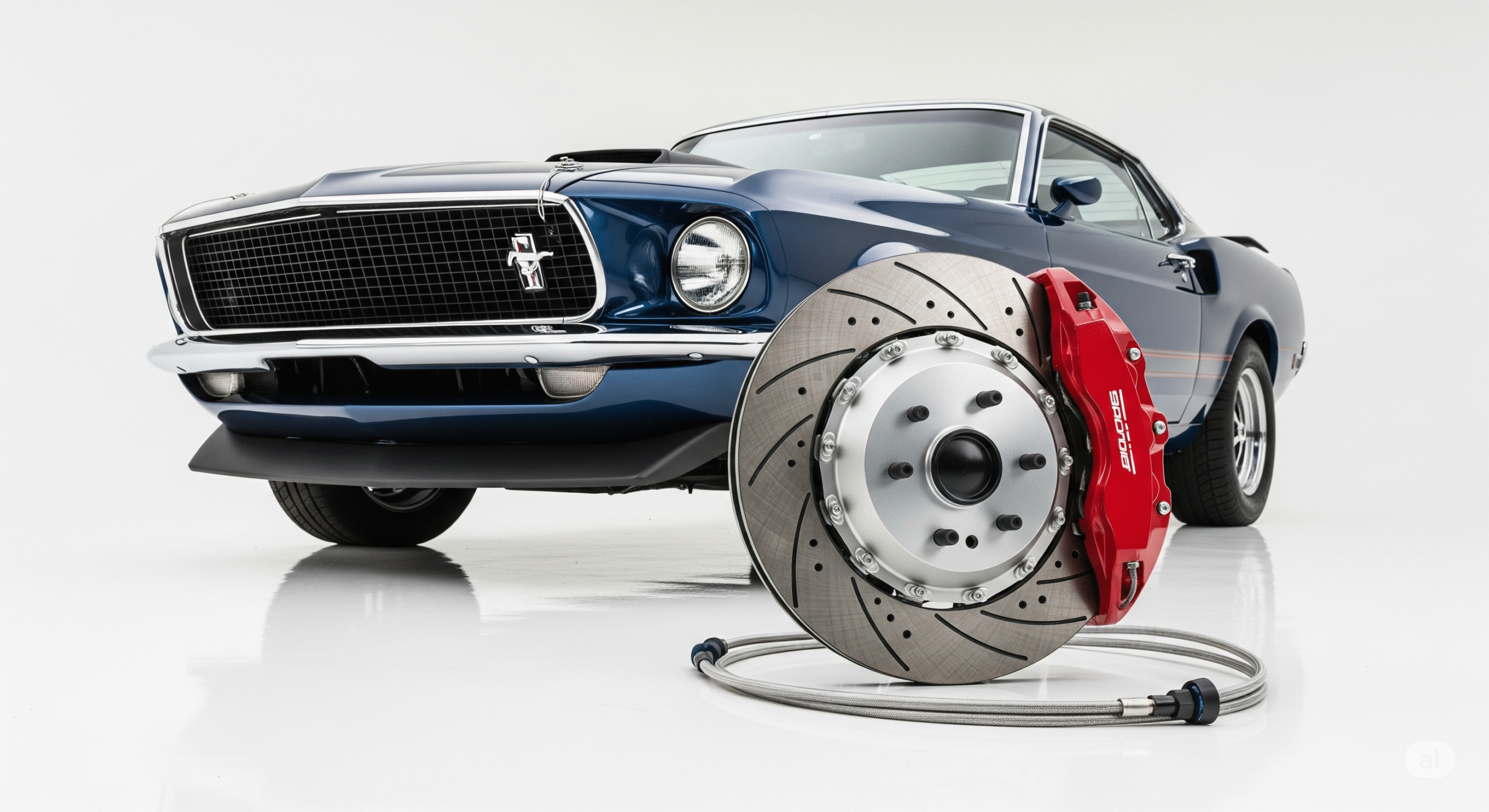
Image: Brake system diagram with components
Installation and Maintenance Tips
Professional Installation
While some experienced car owners may install brake pads themselves, professional installation is recommended, especially in Tanzania where:
- Proper tools and equipment ensure correct installation
- Professional mechanics can inspect the entire brake system
- Warranty coverage is typically provided
- Safety is paramount when dealing with brake components
Break-in Period
New brake pads require a break-in period:
- Drive gently for the first 200-300 kilometers
- Avoid hard braking unless absolutely necessary
- Allow pads and rotors to properly mate for optimal performance
Regular Maintenance
- Inspect brake pads every 10,000-15,000 kilometers
- Keep brake fluid at proper levels and change as recommended
- Address any unusual noises or performance issues immediately
- Clean brake components regularly, especially in dusty conditions
Cost Considerations in East Africa
When budgeting for brake pads in Tanzania and neighboring countries, consider:
- Initial Cost: Organic pads are cheapest, ceramic most expensive
- Longevity: Ceramic pads last 2-3 times longer than organic
- Total Cost of Ownership: Factor in replacement frequency and rotor wear
- Safety Value: Quality brake pads are an investment in your safety
Common Mistakes to Avoid
- Choosing Based on Price Alone: The cheapest option may not be the most economical long-term
- Ignoring Vehicle Specifications: Always match or exceed manufacturer requirements
- Mixing Brake Pad Types: Use the same type on both sides of each axle
- Delaying Replacement: Worn brake pads can damage expensive rotors
- Buying Counterfeit Parts: Always purchase from reputable suppliers
Environmental Considerations
In East Africa's environmentally conscious market, consider:
- Ceramic pads produce less harmful brake dust
- Longer-lasting pads reduce waste
- Proper disposal of old brake pads is important
- Some manufacturers offer eco-friendly formulations
Conclusion
Choosing the right brake pads for your car in Tanzania and East Africa requires careful consideration of your driving conditions, vehicle type, and budget. While organic brake pads may suffice for light city driving, semi-metallic or ceramic pads offer better performance and value for mixed driving conditions common in our region.
Remember that brake pads are a critical safety component – never compromise on quality. Regular inspection and timely replacement will ensure your vehicle stops safely and reliably, whether you're navigating Dar es Salaam traffic or traveling the highways between major East African cities.
Always consult with qualified mechanics and use genuine parts from reputable suppliers to ensure optimal performance and safety for you and your passengers.
Find Quality Brake Pads at Muskrover.com
Looking for genuine, high-quality brake pads for your vehicle? Muskrover.com offers a comprehensive selection of authentic auto parts from trusted manufacturers, specifically curated for the East African market.
Our expert team can help you choose the right brake pads for your specific vehicle and driving conditions, ensuring you get the best combination of safety, performance, and value.
Shop Brake Pads Now

